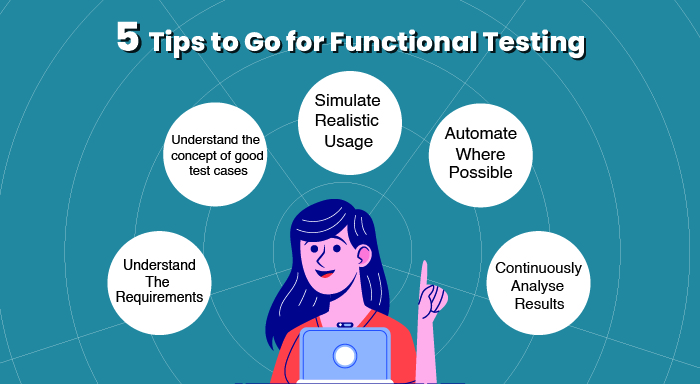A crucial stage of software development is functional testing, which verifies that programs fulfill requirements and operate as intended. As high-quality software becomes complex to deliver, there is a need to apply efficient functional testing methodologies in developing quality software. Below, you will get five critical tips that can help enhance your functional testing process. These can assist in locating bugs, enhancing understanding of your product’s interface and usability, and how the product aligns with established business objectives. Some of the benefits that teams can derive by conforming to these standards are; that they could be able to develop more reliable, user-friendly apps and at the same time be able to quicken their testing processes.
Understand the Requirements
Functional testing should be done after the requirements for the product have been well understood and documented. This is a knowledge of the intended purpose, processing flow, organizational requirements, and IT components. Before actually engaging in a code review, it is advisable to go through such documents as user stories, flow charts, and design documents among others for some time.
Understand the concept of Good Test cases
Consequently, the basic functional testing sample is built upon well-stated test cases that are directed toward the key functionality areas. It is important to carry out tests on important features and builds. It is essential to classify test cases based on modules, risk, input types, expected output, etc, which would ensure that all critical areas are covered in the testing process.
Simulate Realistic Usage
Try to reproduce real-life conditions or the actual environment that users will be exposed to during testing. Feed valid and invalid data in the expected and incorrect sequence and also use the edge conditions. Test on multiple browsers/devices. Asthma issues reproduce through stress testing. This post-positivist view reveals functional deficits.
Automate Where Possible
Automation helps speed up the execution of specific tests that occur repeatedly such as regression testing. It also improves the credibility and uniformity of the information being presented. It is more important to automate the test scenarios that would otherwise take a lot of time and effort to execute. Select the frameworks that will complement your tech stack and testing requirements. Use automation as the primary method of testing while carrying out manual testing with more specific and extensive coverage.
Continuously Analyse Results
Functional defects are not isolated but rather have business consequences that extend throughout the organization. This view also notes that test progress/coverage metrics, bug trends, and closure rates should be monitored closely and in coordination by using common tools such as dashboards. After every predefined period review the outcome, report to the user, recheck the areas fixed, and look for new cases to test. This rigor ensures quality.
Conclusion
Implementing these five recommendation may significantly enhance your process of the functional testing tools. By understanding the objectives that have to be addressed, developing proper test cases, designing realistic simulations, integrating automation tools, and performing regular reviews of results, it is possible to ensure that the team will provide 100 percent coverage and higher software quality. Remember, as with many other forms of testing, functional testing is a process that has to be carried out with a certain level of flexibility and concentration. By executing these strategies, the firms can develop robust, instinctive applications that meet the customers’ and the organizations’ needs.



